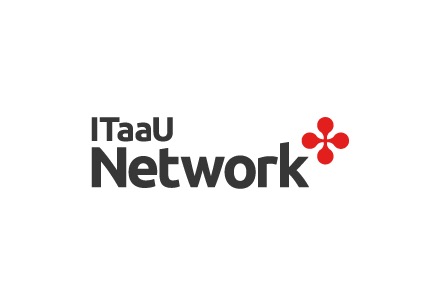ITaaU

Digital infrastructure should be so simple, accessible and reliable that it seems invisible.
In delivering this, questions need to be answered about whether people will trust it, how to ensure privacy is respected and how to pay for it.
Social Intelligence HCI & UXProject Objectives
The IT as a Utility Network Plus (ITaaU) is part of the Research Councils UK Digital Economy Theme, which is supporting research to rapidly realise the transformational impact of digital technologies on aspects of community life, cultural experiences, future society, and the economy. In order to achieve this, Digital Economy research aims to address four challenge areas: Sustainable Society, Communities and Culture, New Economic Models, and IT as a Utility.
IT as a Utility is about the provision of information and technology in a transparent and highly usable manner. It is closely related to Grid and Cloud Computing with its emphasis on making IT resources effortlessly and almost invisibly available the end user. Cloud paradigms for access to applications and infrastructure are now well established, and are changing the way users interact with applications, especially where the application is accessible from multiple devices and users.
However, these are only the start of the move towards IT as a Utility. Elements such as digital content, sensors and other real-world devices (e.g. the Internet of Things) are already becoming accessible on demand over the Internet. As user communities become more integrated with the Internet, people will have access not just to utility storage (as they do today) but to rich and complex utility content (including live sensor data, user participation and 'just in time' personalised media), managed and exploited by a wide range of interacting utility applications and autonomous agents interacting with consumer-usable end-points that aren't always computers or mobiles. The ITaaU Network is working towards simple, usable and safe IT provision from smart services, surroundings and information stores.
TRIFoRM
Funded out of the ITaaU, IT Innovation has led research in the TRIFoRM project, which looked at the issue of patient trust in technology designed to help them track their daily physical and emotional status. The data collected by individuals is then made available to the clinical support team, including the specialist nurse and clinician consultant. The project looked specifically at a long-term chronic condition (rheumatoid arthritis) and saw collaboration between health science psychologists, engineers and IT Innovation.
Based on an extensive literature review, semi-structured interviews were conducted with a small sample of sufferers as well as a clinician involved in technology design, who were asked about their experience with technology in general, how they might interact and use such technologies, and then generally about how this would help support daily care regimes. The responses were remarkably consistent: the technology would definitely support patients in day-to-day monitoring, with aggregated data a bonus in filling in the gaps which the patient might have forgotten or not feel significant enough. Against that, though, they all expressed concern that technology should enhance and support the care regime, rather than replace the personal and more sympathetic human-to-human contact in consultations.
IT Innovation's Role
Funded out of the ITaaU, IT Innovation has led research in the TRIFoRM project, which looked at the issue of patient trust in technology designed to help them track their daily physical and emotional status. The data collected by individuals is then made available to the clinical support team, including the specialist nurse and clinician consultant. The project looked specifically at a long-term chronic condition (rheumatoid arthritis) and saw collaboration between health science psychologists, engineers and IT Innovation.
Based on an extensive literature review, semi-structured interviews were conducted with a small sample of sufferers as well as a clinician involved in technology design, who were asked about their experience with technology in general, how they might interact and use such technologies, and then generally about how this would help support daily care regimes. The responses were remarkably consistent: the technology would definitely support patients in day-to-day monitoring, with aggregated data a bonus in filling in the gaps which the patient might have forgotten or not feel significant enough. Against that, though, they all expressed concern that technology should enhance and support the care regime, rather than replace the personal and more sympathetic human-to-human contact in consultations.
Project Fact Sheet
The ITaaU project was a 48 month project.
Website: http://www.itutility.ac.uk
 ITaaU is supported by the EPSRC.
ITaaU is supported by the EPSRC.